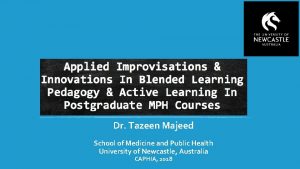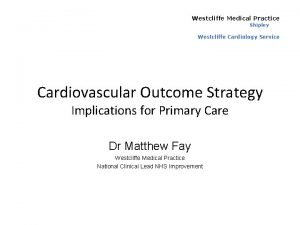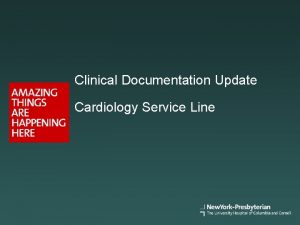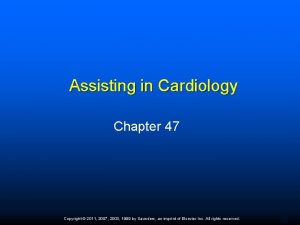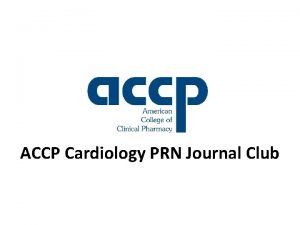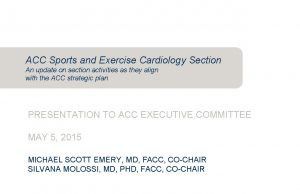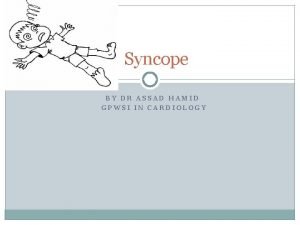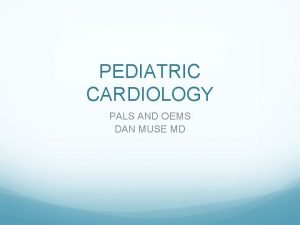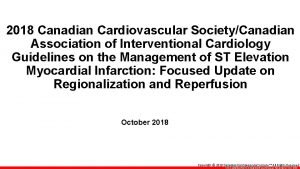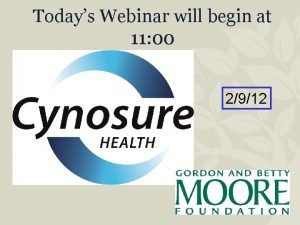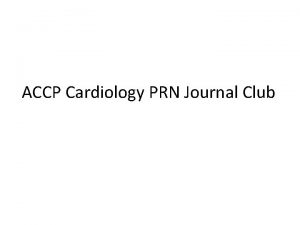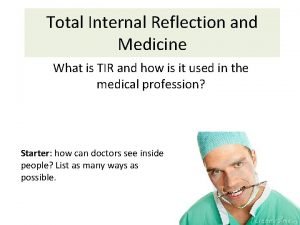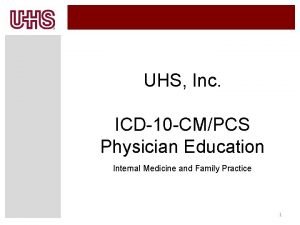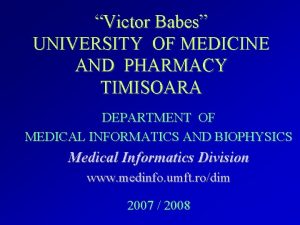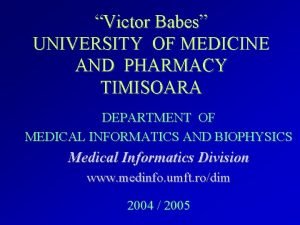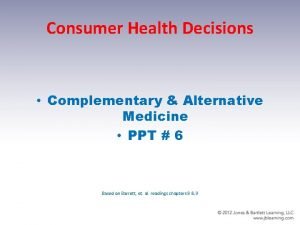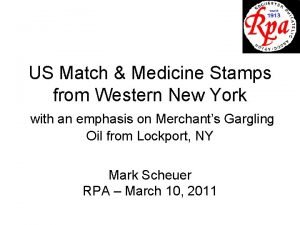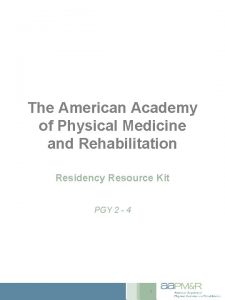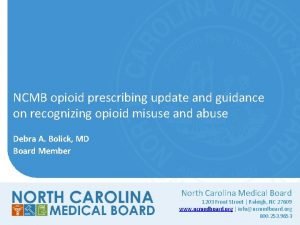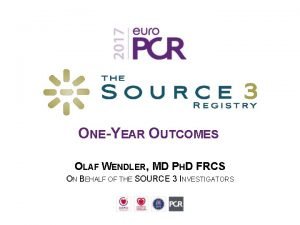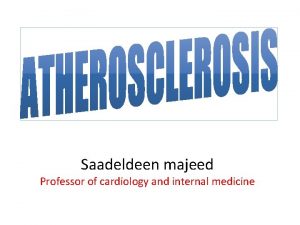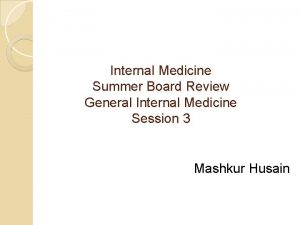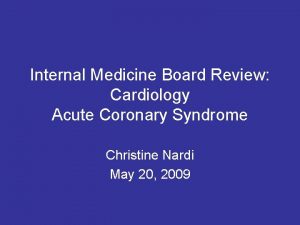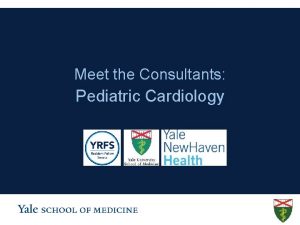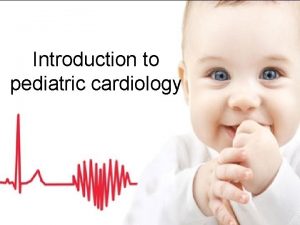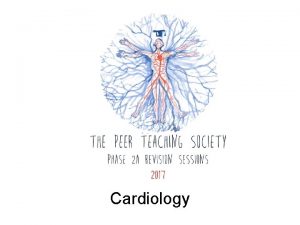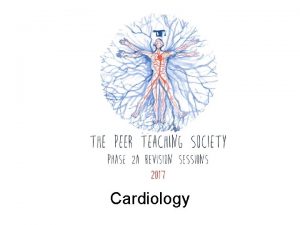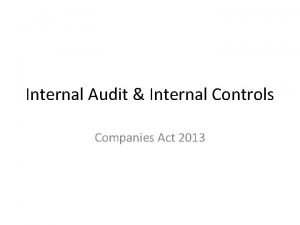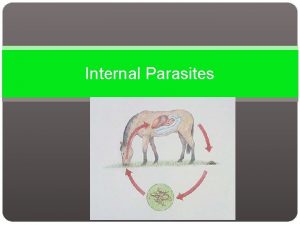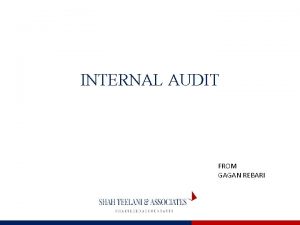Saadeldeen majeed Professor of cardiology and internal medicine














![Pathogenesis of Atherosclerosis 1. Chronic endothelial injury. 2. Insudation of lipoproteins [LDL]. 3. Modification Pathogenesis of Atherosclerosis 1. Chronic endothelial injury. 2. Insudation of lipoproteins [LDL]. 3. Modification](https://slidetodoc.com/presentation_image_h2/48f5ddee2bdbb4dbff3cdc4b1ead5a85/image-15.jpg)






















































- Slides: 69

Saadeldeen majeed Professor of cardiology and internal medicine



Aortic form of atherosclerosis Various forms of aorta lesion 4

What Does It Look Like? • The coronary artery is narrowed reducing the flow of oxygen to the heart. • It is easier for plaque to get inside a narrower artery.


CEREBRAL FORM OF ATHEROSCLEROSIS Acute form may be as Hemorrhage within The brain due to rupture Of atherosclerotic aneurism 7

CEREBRAL FORM OF ATHEROSCLEROSIS • Chronic form may be as encephalopathy With cerebral atrophy (decreasing memory) 8


Extremity form of atherosclerosis • Acute form may be as gangrenous necrosis. 10

RENAL FORM OF ATHEROSCLEROSIS • Acute form may be as infarction • Chronic form is called Atherosclerotic Nephrosclerosis or Primary contracted kidney 11

Intestinal form of atherosclerosis • Acute form may be as gangrenous necrosis of the intestine • Chronic form may be as ischemic enterocolitis 12


Pathogenesis of Atherosclerosis • According to injury hypothesis considers atherosclerosis to be a chronic inflammatory response of the arterial wall initiated by injury: 14
![Pathogenesis of Atherosclerosis 1 Chronic endothelial injury 2 Insudation of lipoproteins LDL 3 Modification Pathogenesis of Atherosclerosis 1. Chronic endothelial injury. 2. Insudation of lipoproteins [LDL]. 3. Modification](https://slidetodoc.com/presentation_image_h2/48f5ddee2bdbb4dbff3cdc4b1ead5a85/image-15.jpg)
Pathogenesis of Atherosclerosis 1. Chronic endothelial injury. 2. Insudation of lipoproteins [LDL]. 3. Modification of lipoproteins by oxidation. 4. Adhesion of blood monocytes. 5. Adhesion of platelets. 15

Pathogenesis of Atherosclerosis 6. migration of smooth muscle cells from the media into the intima. 7. proliferation of smooth muscle cells in the intima. 8. enhanced accumulation of intra and extra cellular lipids. 16

ATHEROSCLEROTIC PLAQUE • The change of the large arterial intima is called atherosclerotic plaque or atheroma • atherosclerotic plaque is the intimal thickening with lipid accumulation • It consists of fibrous cap, necrotic core and fibrous basis. 17

Atherosclerotic plaque • It has three principle components: 1 - cells –smooth muscle cells, macrophages, other leukocytes. 2 - Extra cellular matrix- collagen, elastic fibers, and proteoglycans. 3 - Intra cellular and extra cellular lipids. 18







Normal coronary artery Lumen has been distended at a pressure of 100 mm. Hg with 10% formal saline used with permission from M. J. Davies Atlas of Coronary Artery Disease 1998 Lippincott-Raven Publishers



Early coronary atherosclerosis Eccentric plaque with a central zone containing yellow lipid used with permission from M. J. Davies Atlas of Coronary Artery Disease 1998 Lippincott-Raven Publishers



Stable angina. Eccentric coronary stenosis used with permission from M. J. Davies Atlas of Coronary Artery Disease 1998 Lippincott-Raven Publishers



Stable angina. Eccentric coronary stenosis thick cap used with permission from M. J. Davies Atlas of Coronary Artery Disease 1998 Lippincott-Raven Publishers


Unstable angina with plaque disruption used with permission from M. J. Davies Atlas of Coronary Artery Disease 1998 Lippincott-Raven Publishers


Unstable angina with plaque disruption The plaque cap is torn, projects into the lumen, exposing a mass of thrombus filling the lipid core used with permission from M. J. Davies Atlas of Coronary Artery Disease 1998 Lippincott-Raven Publishers

Development of Atherosclerotic Plaques Fatty streak Normal Lipid-rich plaque Foam cells Fibrous cap Thrombus Ross R. Nature. 1993; 362: 801 -809. Lipid core

Vulnerable Versus Stable Atherosclerotic Plaques Vulnerable Plaque Lumen Fibrous Cap Lipid Core • Thin fibrous cap • Inflammatory cell infiltrates: proteolytic activity • Lipid-rich plaque Stable Plaque Lumen Lipid Core Fibrous Cap Libby P. Circulation. 1995; 91: 2844 -2850. • Thick fibrous cap • Smooth muscle cells: more extracellular matrix • Lipid-poor plaque

Major modifiable Risk Factors • Cigarette smoking (passive smoking? ) • Elevated total or LDL-cholesterol • Hypertension (BP 140/90 mm. Hg or on antihypertensive medication). . Low HDL cholesterol (<40 mg/d. L)† • Obesity: Body Mass Index (BMI) – Weight (kg)/height (m 2) – Weight (lb)/height (in 2) x 703 • Obesity BMI >30 kg/m 2 with overweight defined as 25 -<30 kg/m 2 • Abdominal obesity involves waist circumference >40 in. in men, >35 in. in women • Physical inactivity: most experts recommend at least 30 minutes moderate activity at least 4 -5 days/week † HDL cholesterol 60 mg/d. L counts as a “negative” risk factor; its presence removes one risk factor from the total count.

Nonmodifiable Risk Factors • Age- Age (men 45 years; women 55 years) the older you get, the greater the chance. • Sex- males have a greater rate even after women pass menopause. • Race- minorities have a greater chance. • Family history- if family members have had CHD, there is a greater chance. Family history of premature CHD – – CHD in male first degree relative <55 years CHD in female first degree relative <65 years

Clinical Manifestations of Atherosclerosis • Coronary heart disease – Stable angina, acute myocardial infarction, sudden death, unstable angina • Cerebrovascular disease – Stroke, TIAs • Peripheral arterial disease – Intermittent claudication, increased risk of death from heart attack and stroke American Heart Association, 2000.

FORMS OF ATHEROSCLEROSIS • • • CEREBRAL ARTERIES INJURY CARDIAC ARTERIES INJURY RENAL ARTERIES INJURY AORTA INJURY INTESTINAL ARTERIES INJURY EXTREMITY ARTERIES INJURY 44



The Skinny on Fat • Saturated fats- basically means the fat is saturated with hydrogen, they are solid at room temperature. Examples are lard and butter. • Why are they bad for you? They increase levels of LDL , decrease HDL and increase total cholesterol.

The Skinny on Fat • What are monounsaturated fats? • They are liquid at room temperature but start to solidify in the refrigerator. • Decrease total cholesterol and lower LDL levels.

The Skinny on Fat • What are trans fatty acids? They are unsaturated fats but they tend to raise total and bad cholesterol. • Where do you find them? • In fast-food restaurants • Commercial baked goods. Examples: doughnuts, potato chips, cupcakes.

What about Omega 3? • Type of polyunsaturated fat. • Consistently lowers serum triglycerides and may also have an effect on lowering blood pressure. • Found in oily fish such as salmon, tuna, and herring. • Is available as a supplement.


Physical Inactivity • Increasing physical activity has been shown to decrease blood pressure. • Moderate to intense physical activity for 30 -45 minutes on most days of the week is recommended.


Cigarette Smoking • Causes an increase in blood pressure • Usually have lower levels of HDL • Within 1 year of quitting, CHD risk decreases, within 2 years it reaches the level of a nonsmoker.


Diabetes Mellitus • At any given cholesterol level, diabetic persons have a 2 or 3 x higher risk of atherosclerosis! • Insulin is required to maintain adequate levels of lipoprotein lipase, an enzyme needed to break down bad cholesterols.



Obesity • People who are obese have 2 to 6 times the risk of developing hypertension. • Location of the body fat is significant. • Pears of apples?


Approaches to Primary and Secondary Prevention • Primary prevention involves prevention of onset of disease in persons without symptoms. • Primordial prevention involves the prevention of risk factors causative o the disease, thereby reducing the likelihood of development of the disease. • Secondary prevention refers to the prevention of death or recurrence of disease in those who are already symptomatic

Prevention of atherosclerosis • • Primary prevention: Population strategy. Targeted strategy. Secondary prevention



• Get regular medical checkups. • Control your blood pressure. • Check your cholesterol. • Don’t smoke. • Exercise regularly. • Maintain a healthy weight. • Eat a heart-healthy diet. • Manage stress.




 Tazeen majeed
Tazeen majeed Dispersing agent correction in hydrometer analysis
Dispersing agent correction in hydrometer analysis Waleed majeed
Waleed majeed Amara majeed
Amara majeed Promotion from assistant to associate professor
Promotion from assistant to associate professor Westcliffe medical centre shipley
Westcliffe medical centre shipley Clinical documentation improvement for cardiology
Clinical documentation improvement for cardiology Cardiology procedures chapter 47
Cardiology procedures chapter 47 Accp cardiology prn
Accp cardiology prn Acc sports cardiology
Acc sports cardiology Healthcare service line management
Healthcare service line management Egsys
Egsys Muse cardiology
Muse cardiology Elias hanna cardiology
Elias hanna cardiology Craig ainsworth cardiology
Craig ainsworth cardiology Hall-garcia cardiology associates
Hall-garcia cardiology associates Enloe cardiology
Enloe cardiology Justin davies cardiology
Justin davies cardiology Cath lab report example
Cath lab report example Accp cardiology prn journal club
Accp cardiology prn journal club What is pain jeopardy
What is pain jeopardy Internal medicine society of australia and new zealand
Internal medicine society of australia and new zealand Unm internal medicine residency
Unm internal medicine residency Umass memorial nurse residency program
Umass memorial nurse residency program Total internal reflection in medicine
Total internal reflection in medicine Father of internal medicine
Father of internal medicine Legacy internal medicine
Legacy internal medicine Uihc internal medicine residents
Uihc internal medicine residents Psychiatry shelf exam percentiles
Psychiatry shelf exam percentiles Osu internal medicine residency
Osu internal medicine residency Unm internal medicine
Unm internal medicine Uthscsa internal medicine residents
Uthscsa internal medicine residents Edema documentation example
Edema documentation example Internal control principles
Internal control principles Right of auditor
Right of auditor Professor and his beloved equation
Professor and his beloved equation University of medicine and pharmacy timisoara
University of medicine and pharmacy timisoara School of public health and preventive medicine
School of public health and preventive medicine Colors of medicine wheel
Colors of medicine wheel Faculty of medicine nursing and health sciences
Faculty of medicine nursing and health sciences Victor babeş university of medicine and pharmacy
Victor babeş university of medicine and pharmacy Victor babes university of medicine and pharmacy
Victor babes university of medicine and pharmacy Ficks second law
Ficks second law Apollo god of music
Apollo god of music Empiric era of pharmacy
Empiric era of pharmacy National center for disaster medicine and public health
National center for disaster medicine and public health Complementary and alternative medicine ppt
Complementary and alternative medicine ppt Chapter 11 complementary and alternative medicine
Chapter 11 complementary and alternative medicine Match and medicine stamps
Match and medicine stamps Ctlo brace
Ctlo brace Duke family medicine and community health
Duke family medicine and community health Oral medicine and radiology day
Oral medicine and radiology day American academy of physical medicine and rehabilitation
American academy of physical medicine and rehabilitation Scpmpaware
Scpmpaware Faculty of medicine dentistry and health sciences
Faculty of medicine dentistry and health sciences Um balão de oxigênio contendo 3 x 1026
Um balão de oxigênio contendo 3 x 1026 Oumama kabli
Oumama kabli Proper adjective for java
Proper adjective for java Ppgea ufrrj
Ppgea ufrrj Ucf cheating scandal
Ucf cheating scandal Ruth guthrie rate my professor
Ruth guthrie rate my professor Professor mso afskaffes
Professor mso afskaffes Mattie is a new sociology professor
Mattie is a new sociology professor Parrot ate the guava as it was ripe identify the ambiguity
Parrot ate the guava as it was ripe identify the ambiguity Edley fontes
Edley fontes Professor edley
Professor edley Brian peskin parent essential oils
Brian peskin parent essential oils Olaf wendler
Olaf wendler Um bom professor é aquele que
Um bom professor é aquele que Professor jan papy
Professor jan papy
